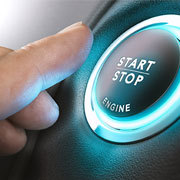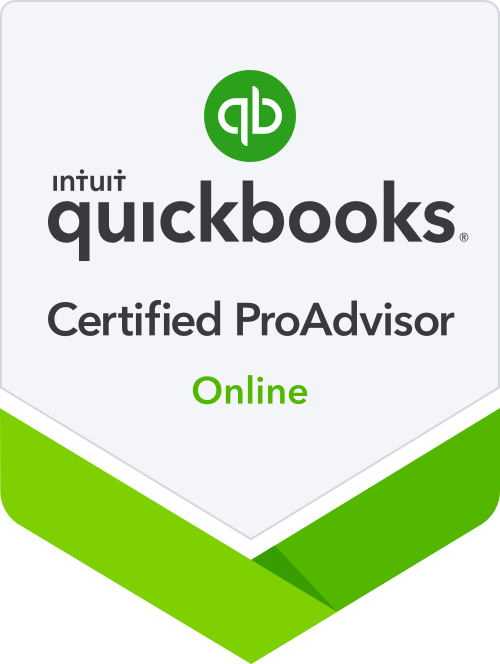
If your company wants to improve cash flow, you might consider leasing equipment, vehicles and facilities, rather than buying. The primary advantage of leasing used to be the tax advantages offered. But the fact that leasing allows you to conserve cash makes it a form of financing.

It's not an alternative that works for every company so you should consult with a professional to help you compare leasing versus owning. To get a complete picture, you need to consider four of the costs, tax implications and tangible and intangible benefits of leasing:
1. Cash flow. Leasing can provide the smallest impact on your company's cash flow.
2. Sustained borrowing power. With a lease arrangement, you won't be drawing down your borrowing power with financial institutions.
3. Quick turnaround. Leasing arrangements generally involve only the time it takes to fill out an application. And even this is becoming more convenient as increasing numbers of leasing companies let you apply online.
4. Service and payments. Leasing tends to be a specialized business so personalized service is common. And if traditional payment terms are a concern, leasing can offer flexible payment options.
|
Three Principal Forms of Leases to Consider: Sale-leaseback. With this option, you sell an asset and lease it back. The lease usually cannot be terminated and your payments consist of principal and interest. Service or operating leases. These arrangements generally include financing and maintenance services. Financial leases. This option doesn't provide for maintenance services, cannot be canceled and fully amortizes the cost of the leased asset over the term of the basic lease contract. |




